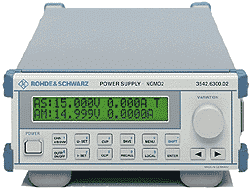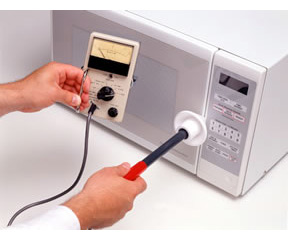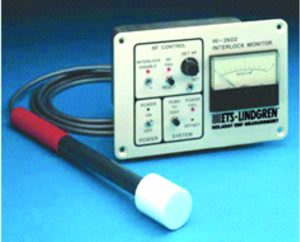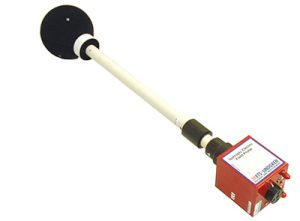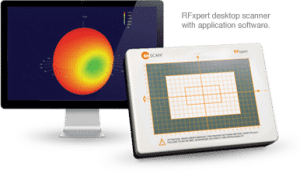R&S NGMO2 Dual Channel Analyzer/Power Supply
Two models of Rohde & Schwarz NGMO are available: The R&S NGMO1 single-channel and the R&S NGMO2 dual-channel versions. The R&S NGMO2 provides all the above listed features two times, without any down-specification of the 2nd channel. Both channels are totally equivalent. Two independent channels (R&S NGMO2), installed in an enclosure which is ½ 19″ wide and only two height units, ensure a simple and accurate power supply for battery-operated mobile-radio products now and in the future. The outside view and the channel specification of R&S NGMO1 and R&S NGMO2 is the same. Two independent channels, installed in an enclosure which is ½ 19“ wide and only 2 U high, guarantee a simple and accurate power supply for battery-operated mobile-radio products now and in the future. Numerous analysis functions extend the functionality. And, it is not just development engineers who will value this instrument. In production environments in particular two things are important: speed and reliability. The NGMO2 has both, coupled with high accuracy which is essential if results are to be reproducible.
Critical test environments involving pulsed current drain, e.g. GSM mobiles:
Power-saving transmission technologies have been, and will continue to be, the key to expanding the capabilities of mobile radio. This is particularly true of transmission technologies that make use of time division multiplexing, for example GSM or TDMA, and also applies to the “slotted mode” used for CDMA – in both cases power supplies have to meet special requirements. R&S NGMO can meet voltage drops without any hint of output voltage instability.
Emulation of various battery types and charging states:
The R&S NGMO can be used to emulate this critical case as its output impedance is adjustable. This also means that different types of batteries (NiCd, NiMH, Li-ion, Li-polymer etc) can be emulated to a certain extent.
Current-/voltage transient analysis:
Conclusions can be drawn about whether or not the subassemblies to be tested are functioning properly by forming the differences of the measured current drain of a sequence of signals occurring in rapid succession. It goes without saying that long-term monitoring (current drain) can also be performed on DUTs by choosing sampling intervals of the appropriate length so that the effect of other operating parameters on current drain can be investigated. However, power consumption is also becoming more and more critical for subassemblies which are not battery operated.

